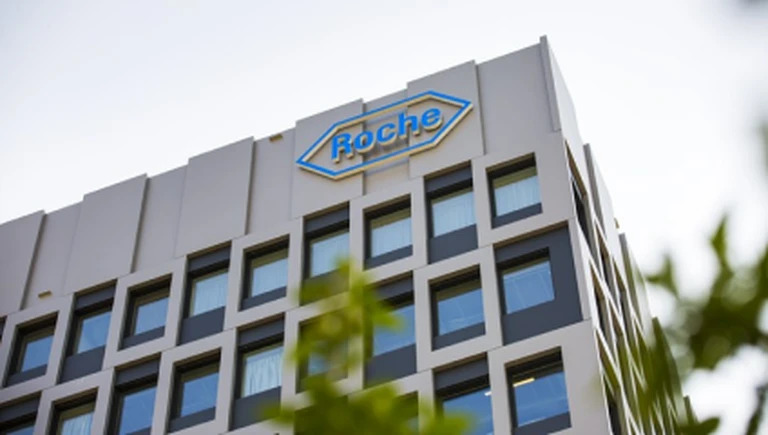Roche announced today that the VENTANA® TROP2 (EPR20043) RxDx Device has been awarded Breakthrough Device Designation by the U.S. Food and Drug Administration (FDA). This is the first computational pathology companion diagnostic (CDx) gadget to receive the Breakthrough Device Designation.
This FDA Breakthrough Device Designation is another example of our commitment to deliver innovation that enables more precise diagnosis in oncology,
This solution, which leverages our industry-leading expertise in companion diagnostics development, uses artificial intelligence for a greater depth of sample analysis, helping to deliver truly personalised treatment.
Matt Sause
The TROP2 algorithm, the navify® Digital Pathology Image Management System, the Roche Digital Pathology scanners (DP 200, DP 600), and the VENTANA TROP2 (EPR20043) RxDx Assay used with the OptiView DAB Detection Kit for staining on a BenchMark ULTRA IHC/ISH staining instrument make up the VENTANA TROP2 (EPR20043) RxDx Device, a computational pathology tool. To calculate a quantitative TROP2 score, the VENTANA TROP2 (EPR20043) RxDx Device examines entire slide images of non-small cell lung cancer (NSCLC) tissue stained with TROP2.
Quantitative Continuous Scoring (QCS), a unique computational pathology platform from AstraZeneca, is incorporated into the algorithm to provide a level of diagnostic precision that is not achievable with conventional manual scoring techniques.
This FDA Breakthrough Device Designation underscores the potential of our computational pathology platform to enable more personalised treatment decisions for people with cancer.
Susan Galbraith
A TROP2 CDx AI-driven system may become available sooner thanks to the FDA’s Breakthrough Device Designation, which might help identify NSCLC patients who are most likely to benefit from treatment with Daiichi Sankyo and AstraZeneca’s DATROWAY® (datopotamab deruxtecan-dlnk). AstraZeneca and Daiichi Sankyo are working together to develop DATROWAY, a specially tailored TROP2-directed DXd antibody drug conjugate (ADC) that was discovered by Daiichi Sankyo.
VENTANA TROP2 RxDx Device
AstraZeneca‘s DATROWAY (datopotamab deruxtecan-dlnk) and Daiichi Sanko’s VENTANA TROP2 (EPR20043) RxDx Device is recommended as a tool to help identify patients with advanced or metastatic non-squamous NSCLC who have already received treatment and who do not have actionable genomic alteration (AGA). In addition to histological investigation, pertinent clinical data, and appropriate controls, a skilled pathologist is in charge of evaluating staining and image quality and making sure that tumor detection sensitivity and precision are sufficient.
The Normalized Membrane Ratio (NMR) score is calculated by the nDP TROP2 algorithm, which independently detects tumor cells after the pathologist’s evaluation and produces related measurements of TROP2 IHC staining intensity in both membrane and cytoplasm. The program then uses the pre-established NMR threshold to determine if the TROP2 status is positive or negative.
Last Modified:



